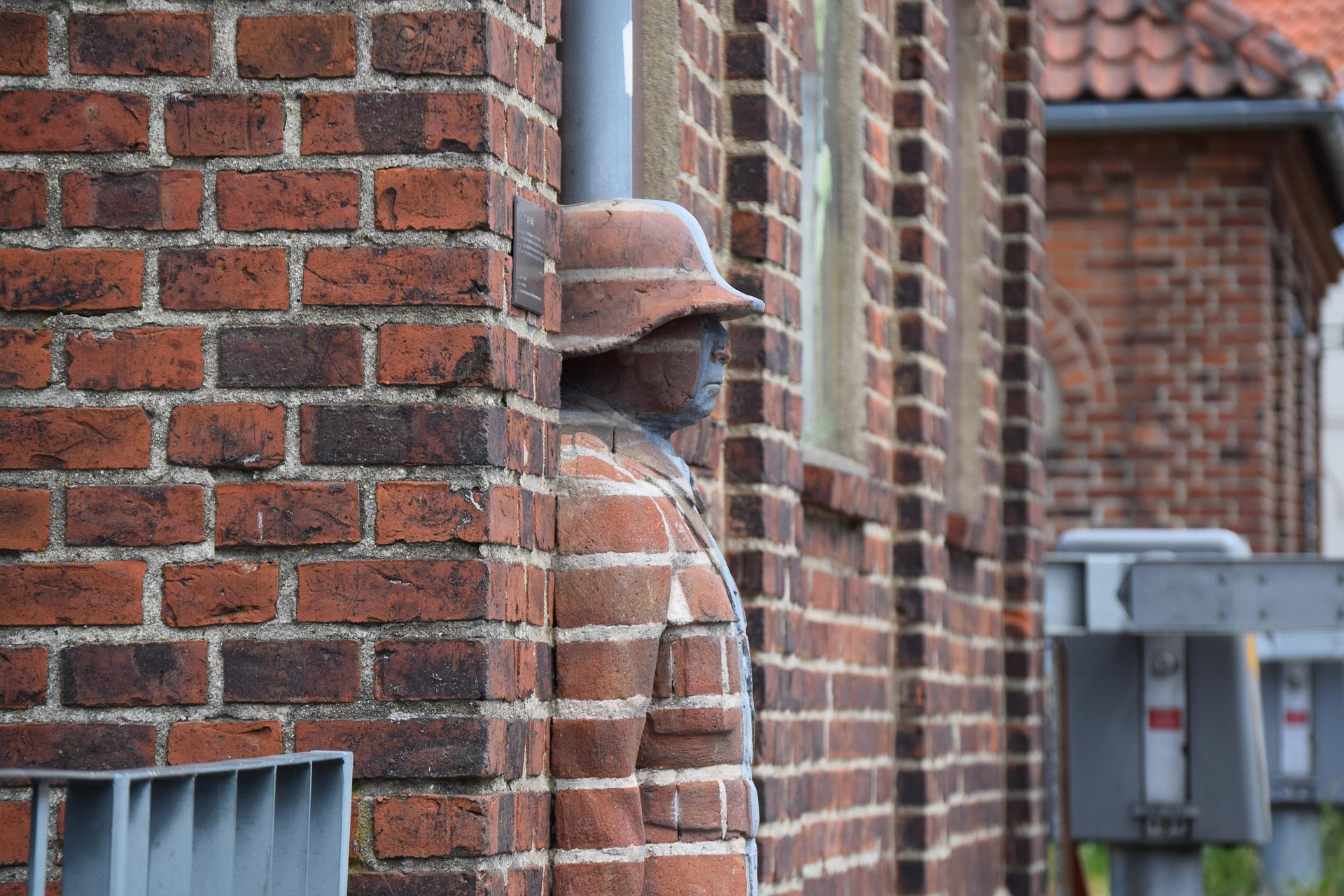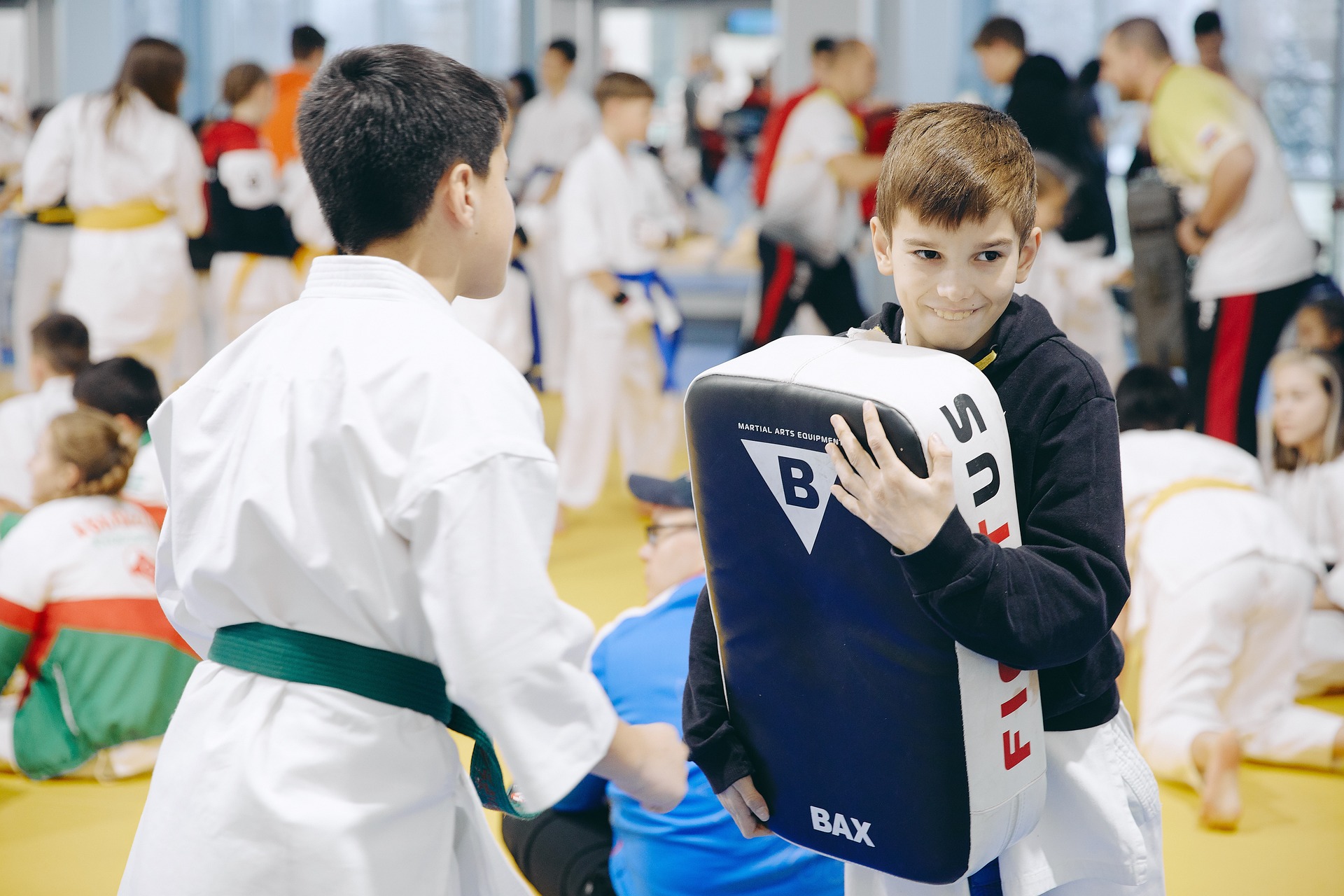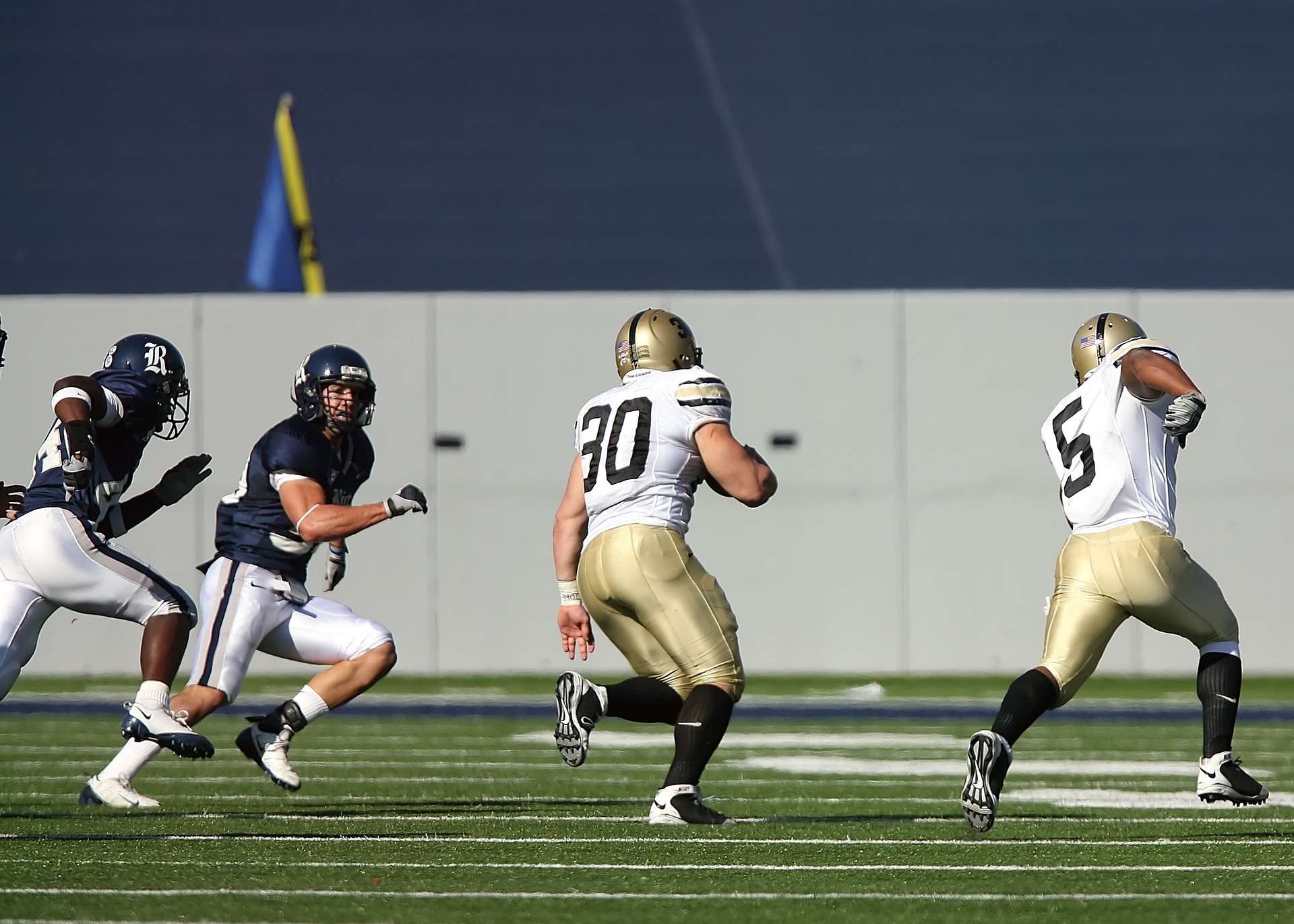There are famous commercial logos with hidden meaning. It was years before I saw the hidden arrow in the FedEx logo or the 31 in the Baskin-Robbins logo. The casual observer often misses these subtle clues. If you’re like me, you had to be told about the secret symbols. Some very observant people can see them right away.
Like logos, the martial arts have hidden meaning within their curriculum, not secrets for nefarious reasons. The hidden symbol is blatant and pervasive throughout our training. The hidden symbol I am referring to is the triangle. Knowing about the shape and its structure will help you unlock concepts and execution methods to develop your fighting technique.
We all know that a tripod is more stable than a bipod.
This stability is evident in how a tricycle and a bicycle are parked. The tricycle, with its three wheels, can stand on its own, while the bike needs a kickstand to do the same. The two tires and the kickstand form a triangle, creating a tripod structure. But how does this relate to martial arts and Kempo in particular?
1. Stability
Human beings are bipedal creatures. We use two legs to stand. In theory, that should make us tip over easily, but we have joints, muscles, and tendons to keep us upright. We can become a triped or quadruped by putting down one or both hands. This makes us stable but not very agile in a fight. You can use this stability in a confrontation when you need it, such as getting up from a prone position.
2. Crescent, Triangle, C or V-Step
The C Step (also known as a half-moon step) is a triangle step or a V-step. When you learn the basic steps, we often explain it as stepping on the corners of a checkerboard floor. Whether with drawing an imaginary C with your foot, or shooting straight for the V shape, the checkerboard is also triangular flooring (because each square is two triangles).
3. The Hidden Corner
We can use this concept to help us become more effective. We have two feet, which equate to two of a triangle’s three vertices. All we need is the third point to complete the tripod structure. Using a bit of imagination and basic geometry, you can pick a place on the floor where the third point should go. Direct or move your opponent’s limb lever to that hidden corner for good for throws, control, or upsetting the stance.
You can use that location to place your knee down for stability, especially for randori and jujutsu mat work. It will act as a support for your manipulation of your opponent. If your opponent’s foot is there, you can push or pull their foot out of the stability spot to disrupt their balance.
4. Target Point
You can use the spot as a target for your throw. Aiming at that spot will naturally create a stronger, more effective throw. If you have a joint lock, move it towards that spot to create a soft throw.
You can also use that location by putting the opponent there to prop yourself up if you begin to lose your balance.
5. The Plus Sign
Create an imaginary line from your opponent’s right to left foot. Now, draw an imaginary line perpendicular to that in the middle to form a +. If you push or pull your opponent along that line, it will upset your opponent’s balance. The plus sign is the vertices of several triangles. You can demonstrate this concept with a partner in a horse stance. Move to the front and push them back gently, and they will fall.
6. Visualize
If you believe in chi energy, create a pillar of energy that attaches you to that spot, forming a tripod stance.
It is essential to visualize and use your imagination while training or during a confrontation. The mind responds to those impulses faster than if it explicitly or implicitly thinks about the problem. If you practice doing this during your training sessions, you will develop muscle memory, thereby making it part of your repertoire.
Using the triangle symbol as part of your understanding of Kempo (or Kenpo) biomechanics will help you gain a greater insight into the techniques. The symbol will help you understand body structure, where to place your hands, and footwork. The triangle was hiding in plain sight.
Want to learn more? Join our Karazenpo Go Shinjutsu program today. Enroll today before the class fills up.



